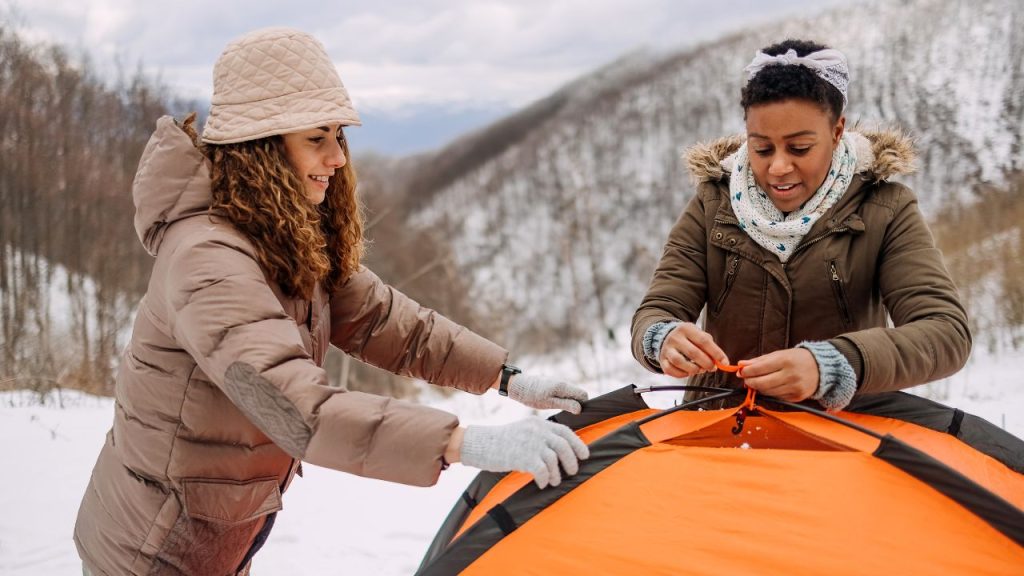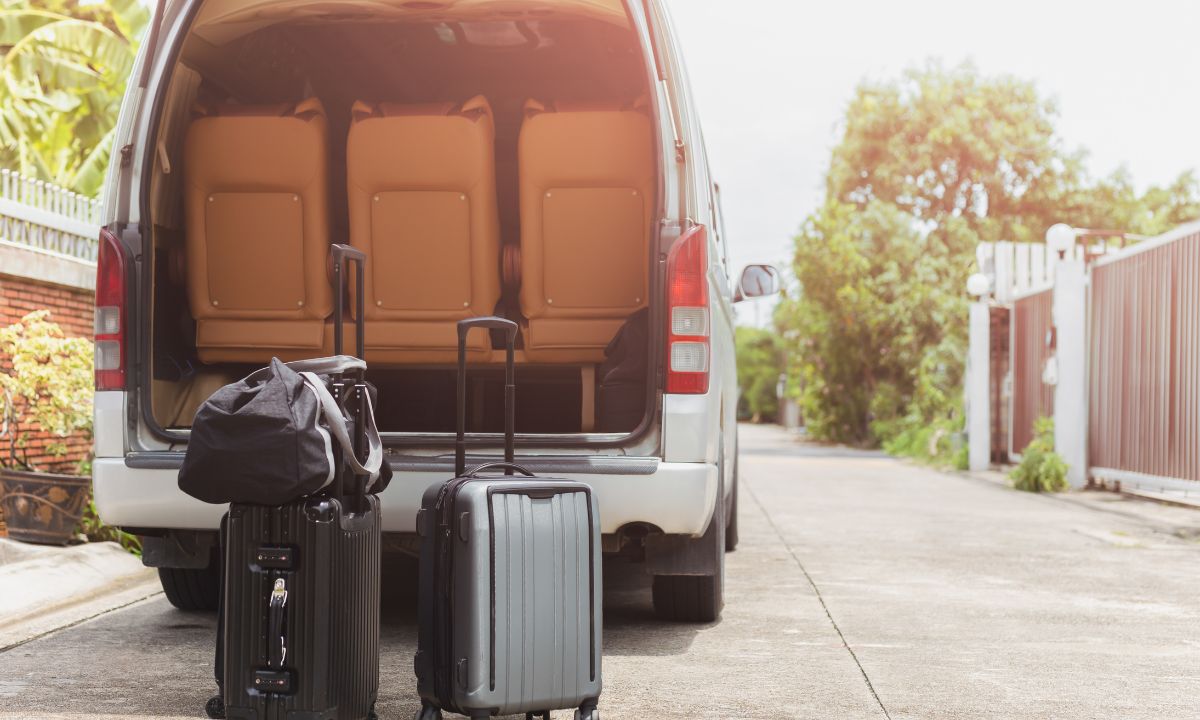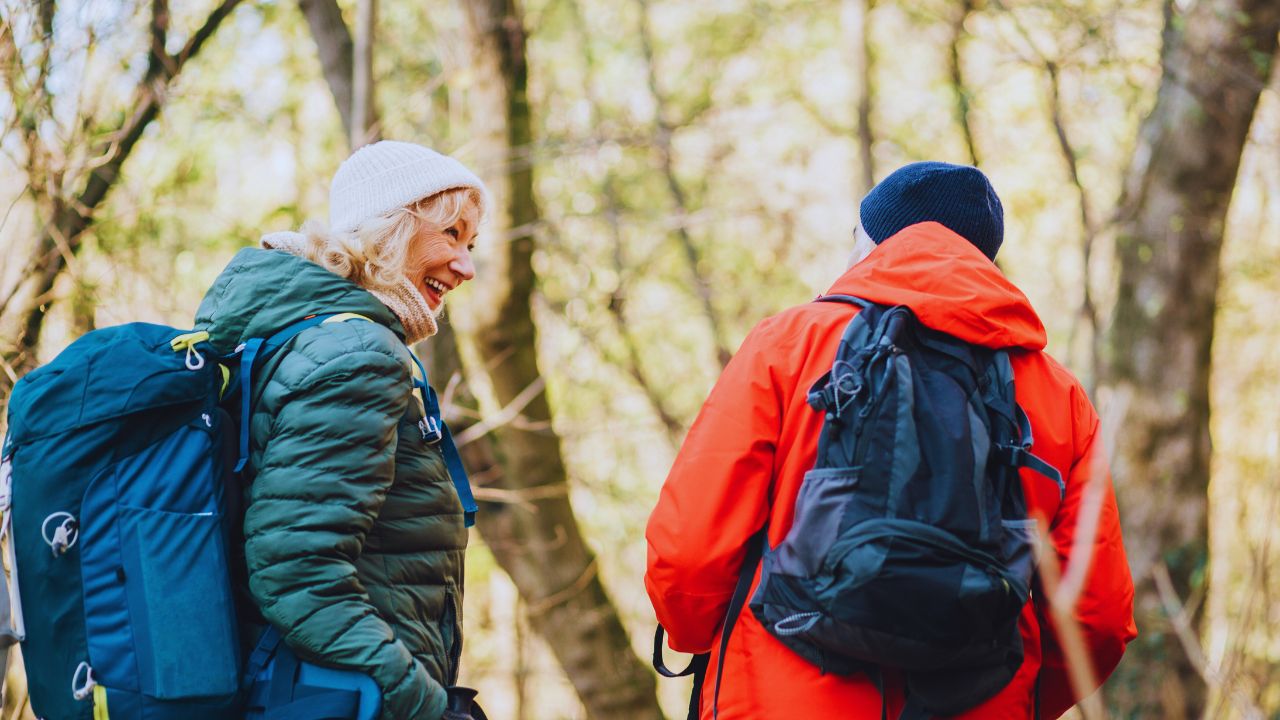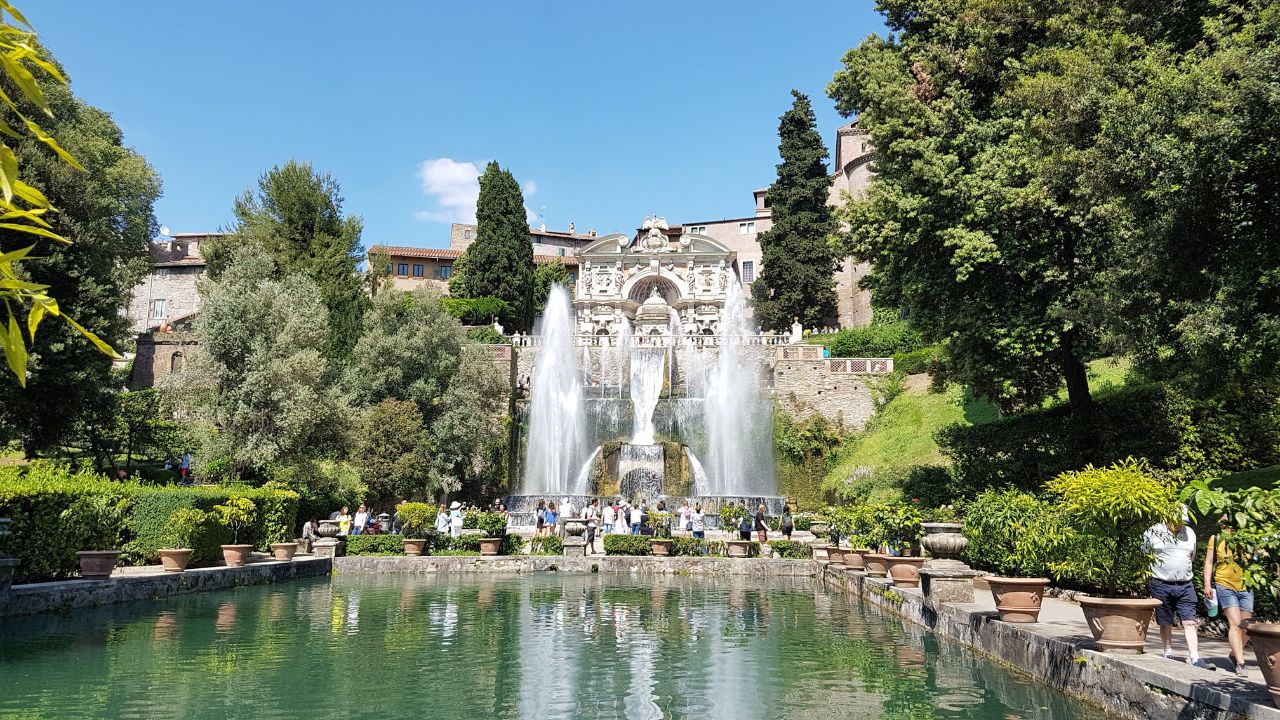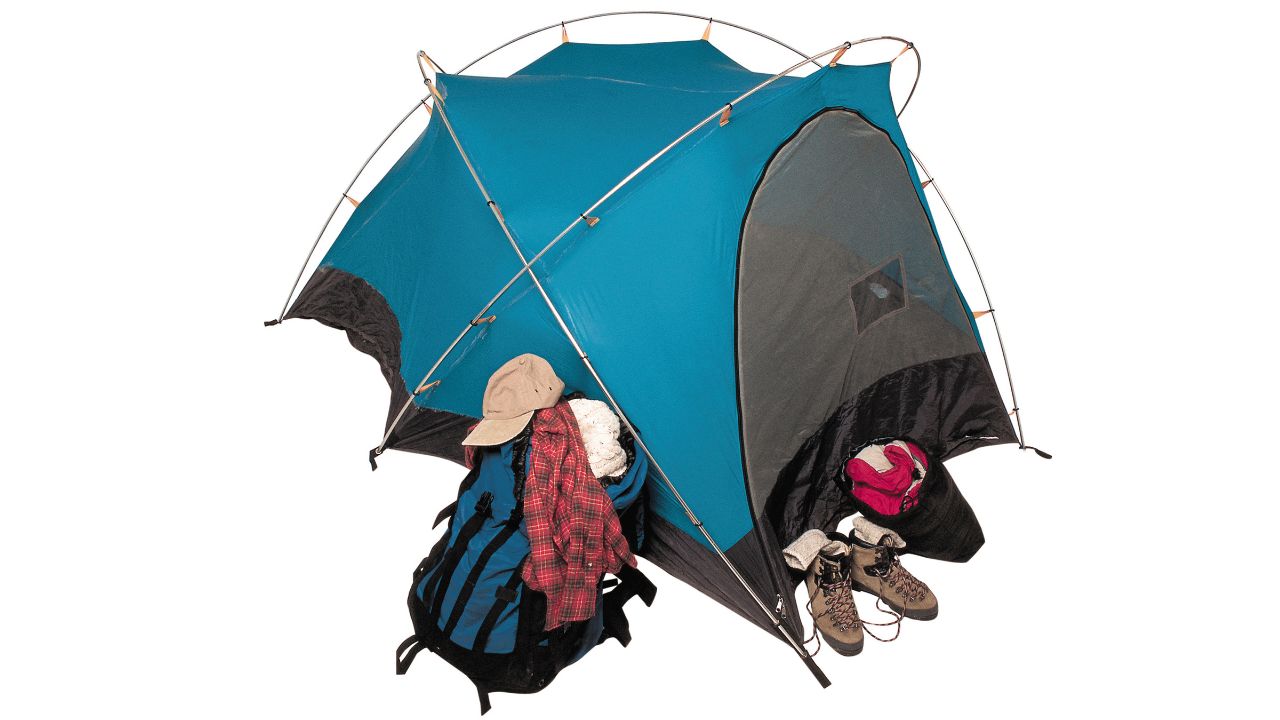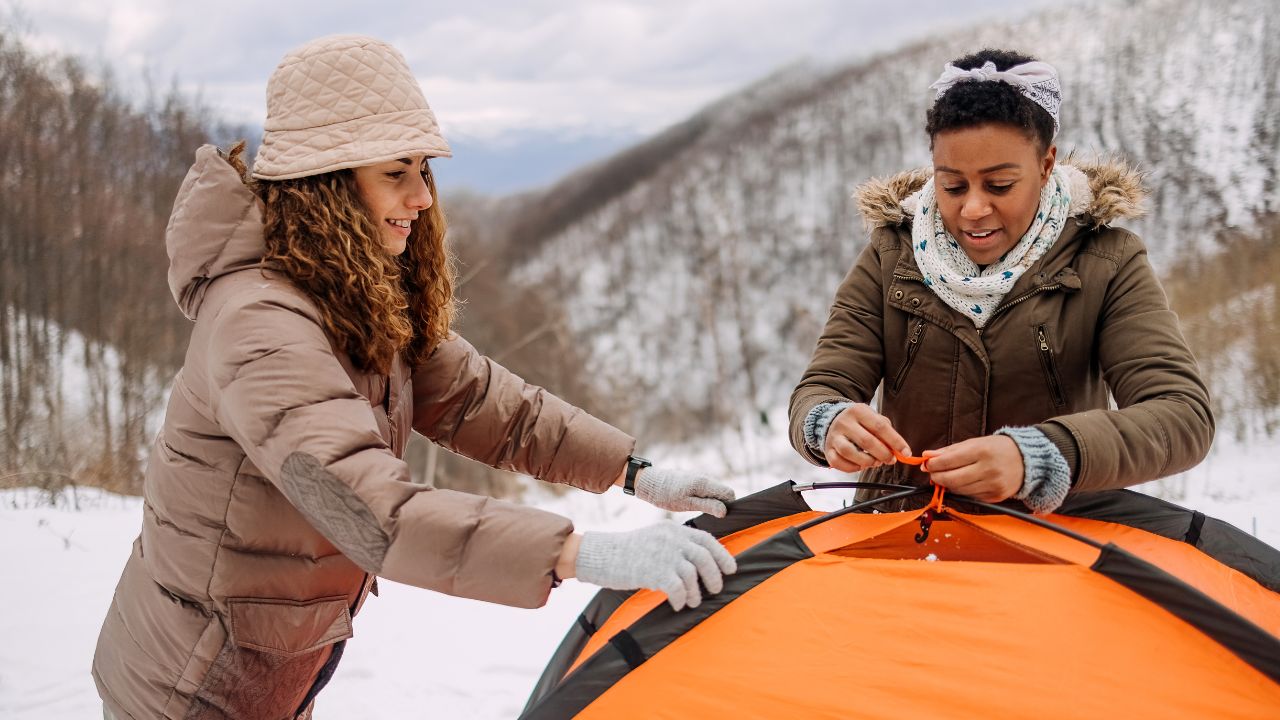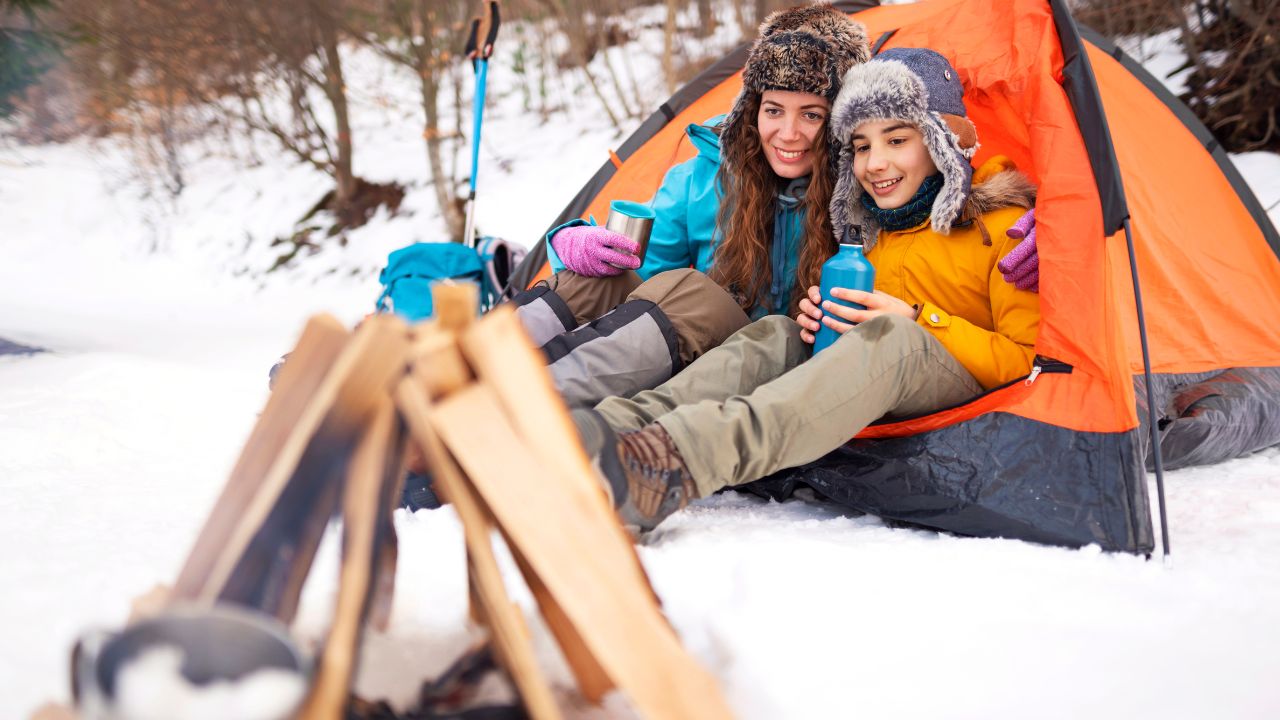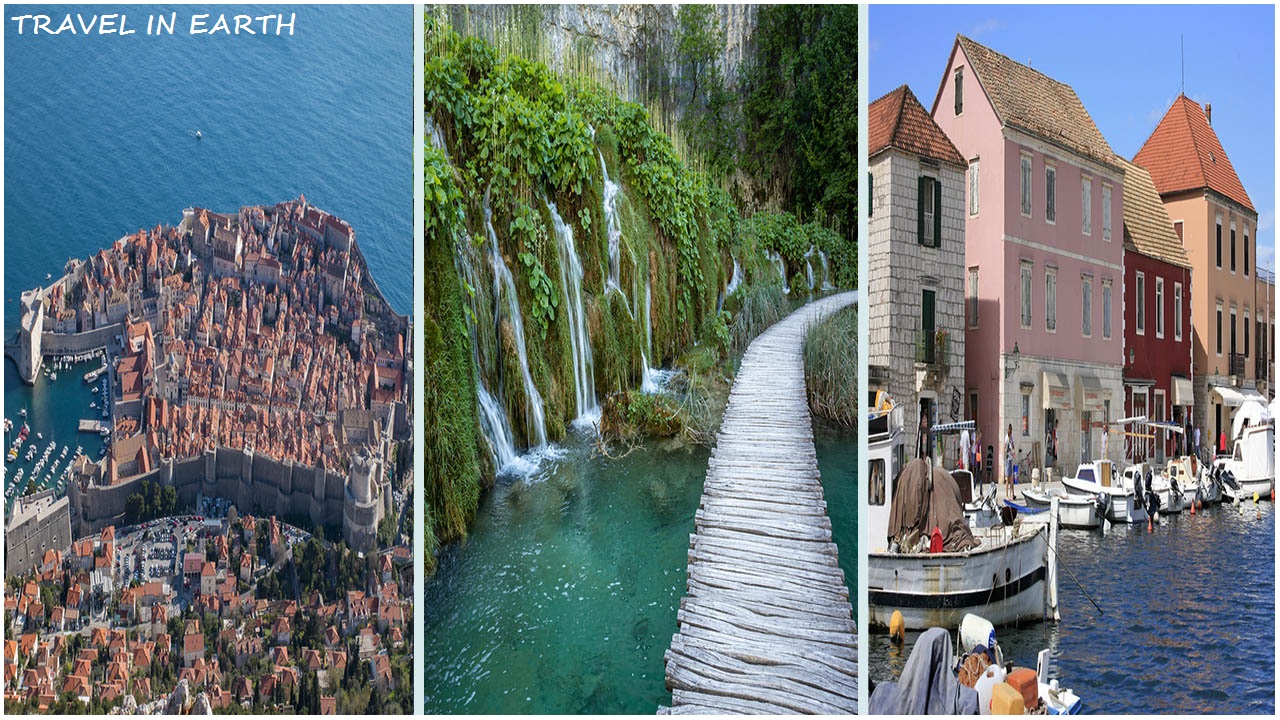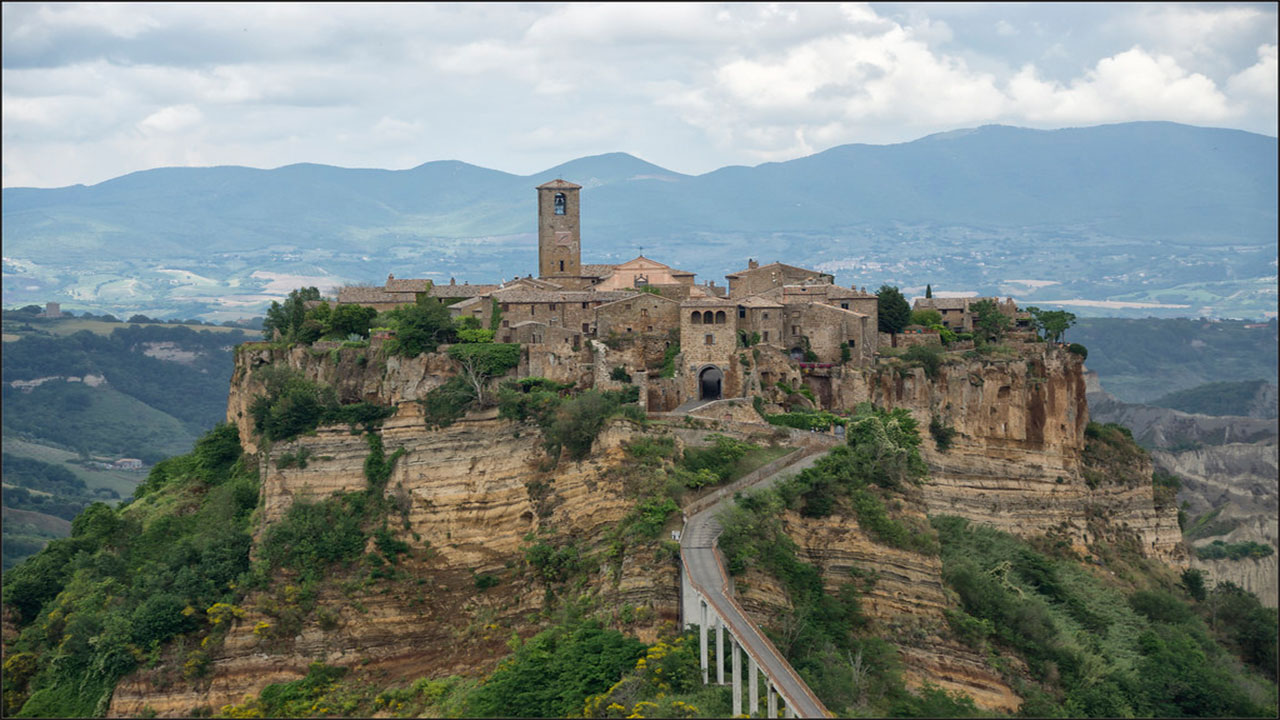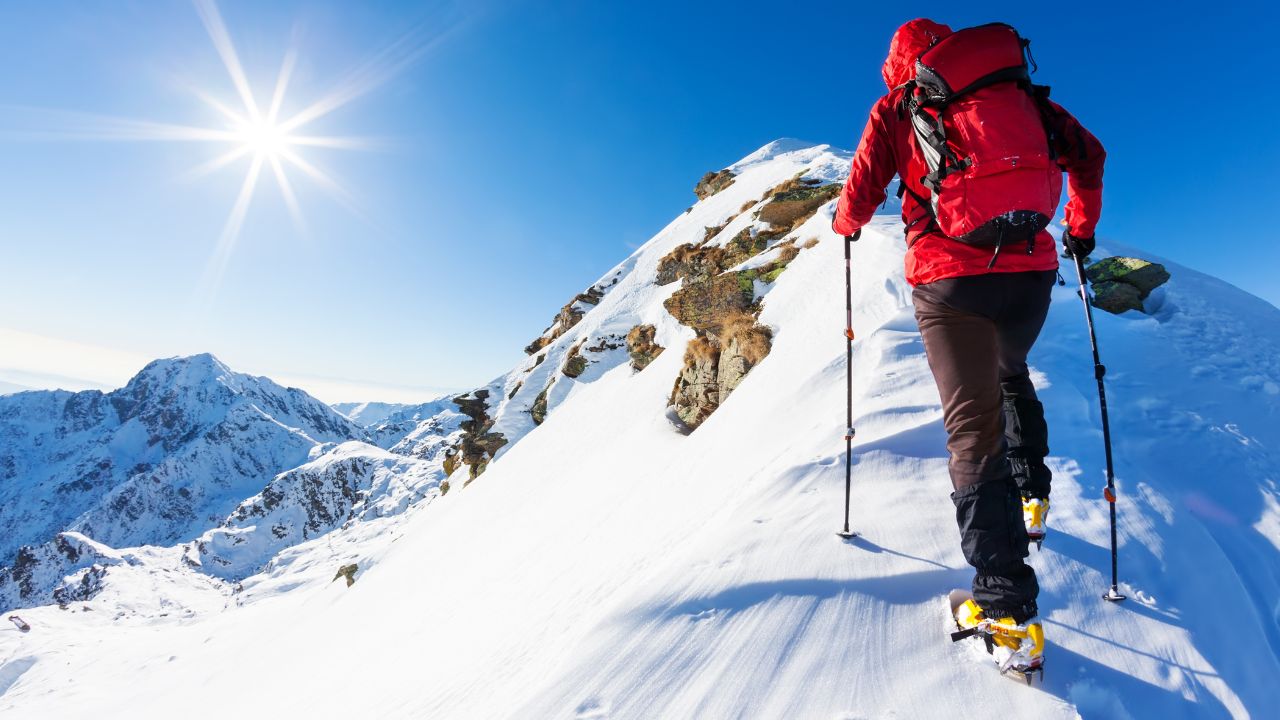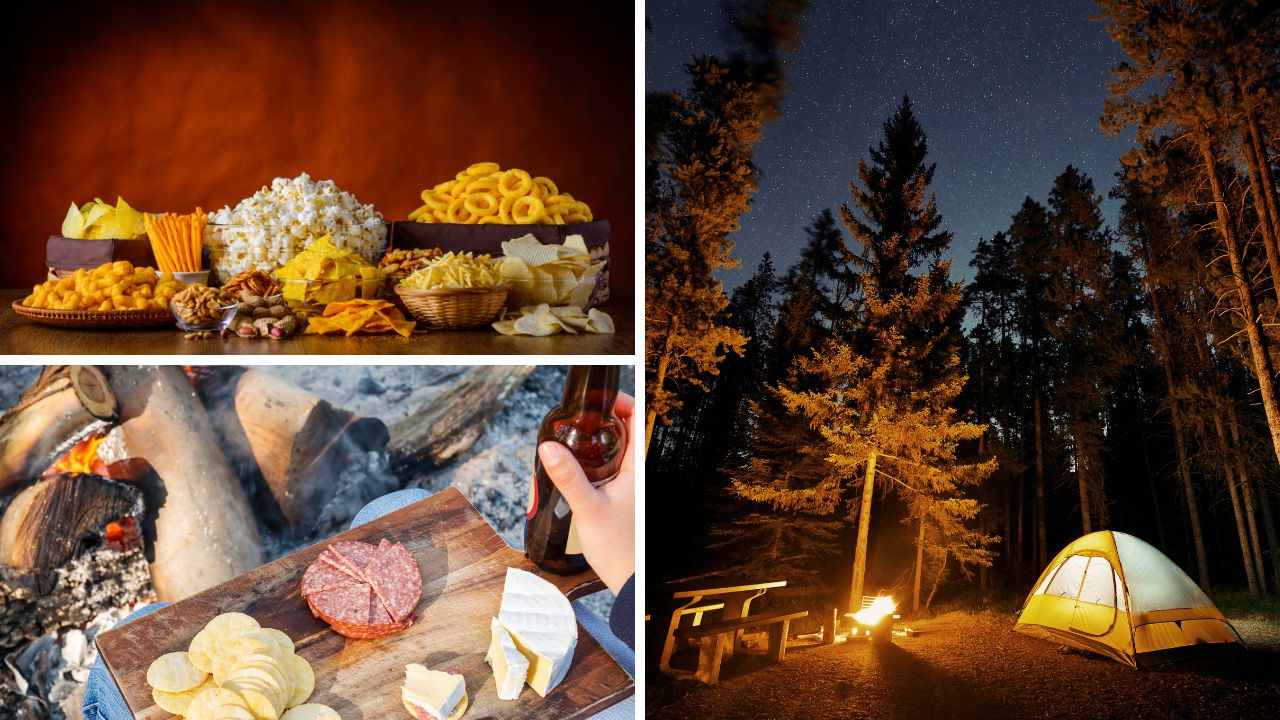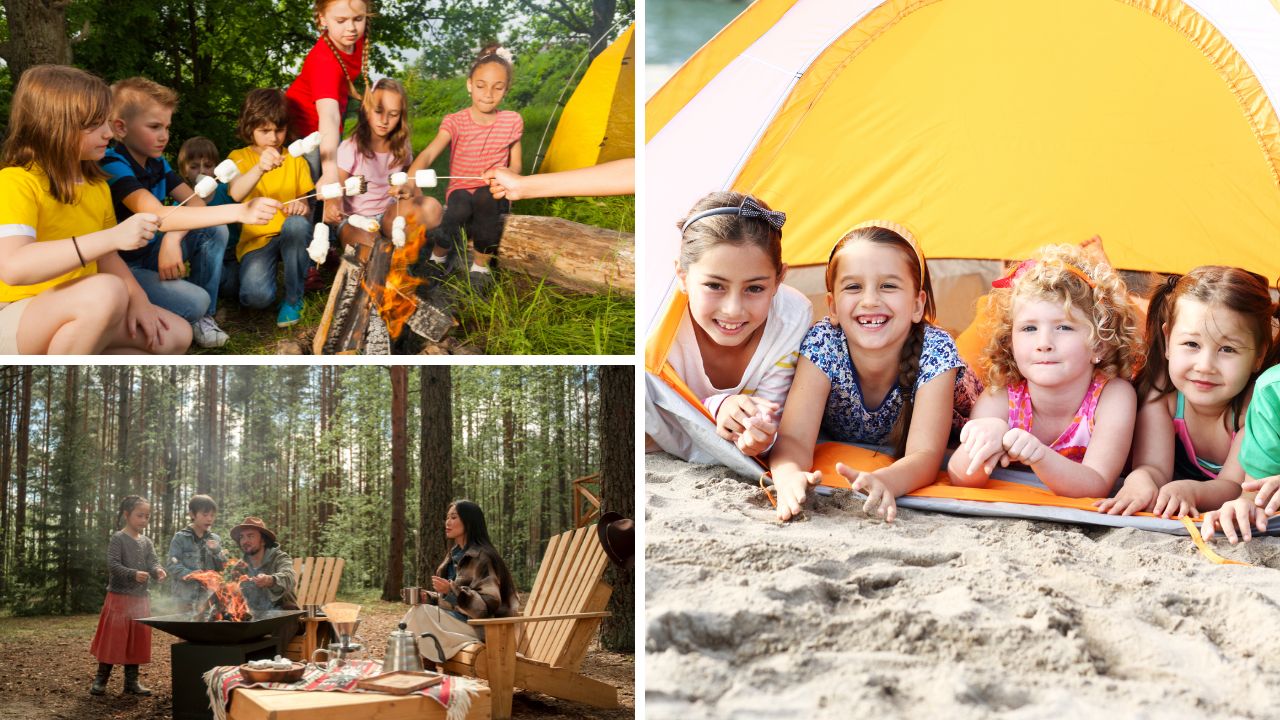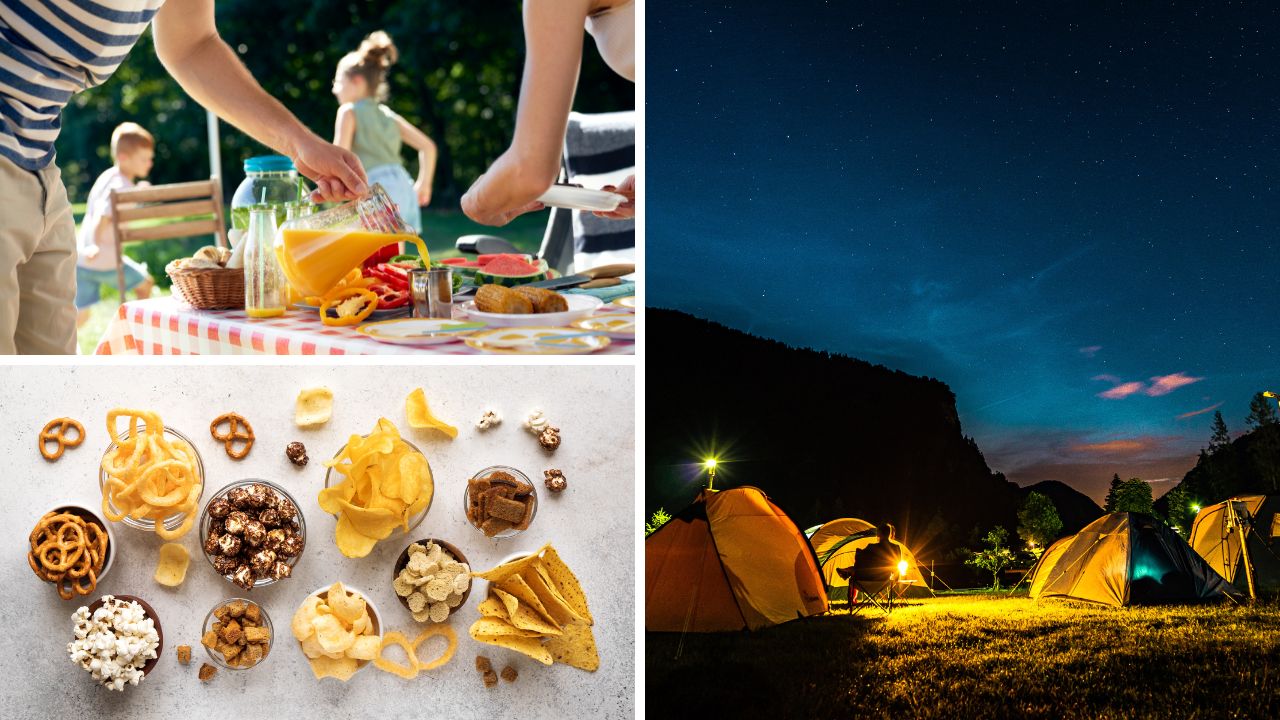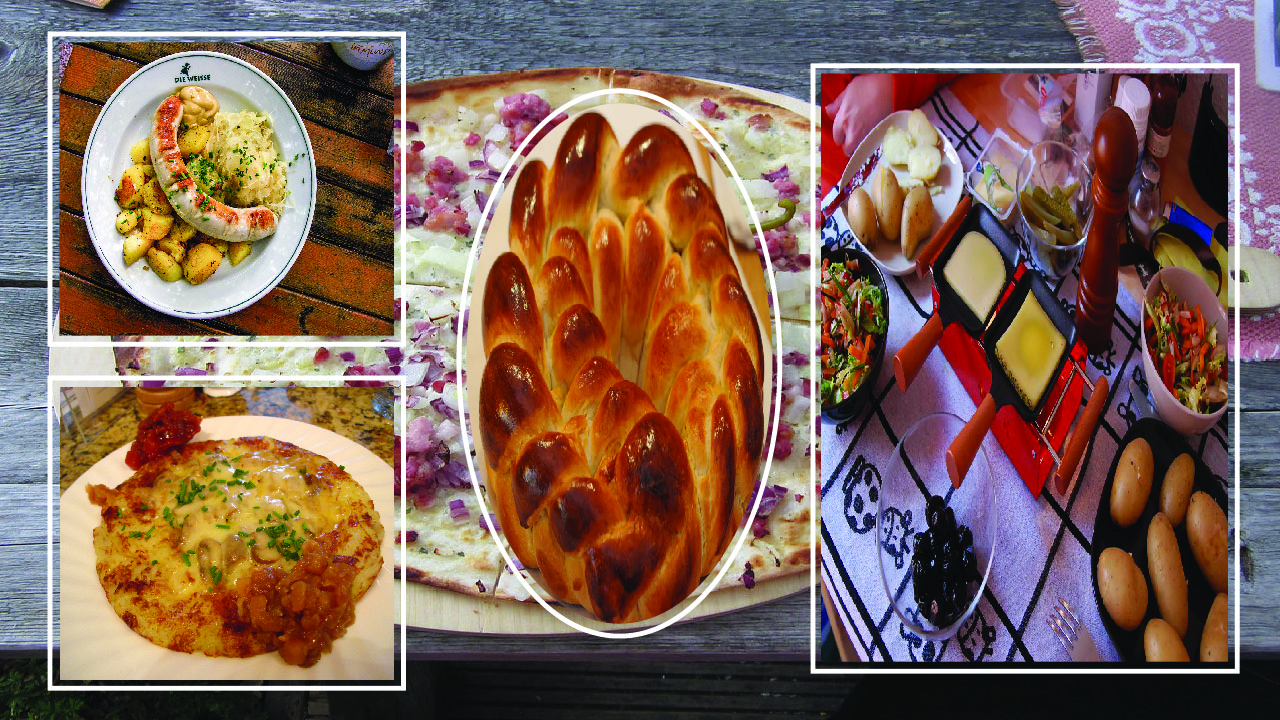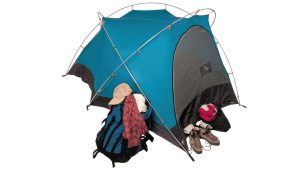An exciting adventure with a special view of nature’s beauty is winter camping. Surrounded by clean air, snow-capped mountains, and quiet forests, winter camping can be a peaceful haven from everyday life.
To ensure comfort and safety, cold-weather camping does, however, call for thorough planning, skill, and basic technique understanding. Discussing gear choice, shelter building, food and hydration, fire-making, and vital survival techniques for challenging winter conditions, this article gives a complete guide on winter camping tips for cold-weather living.
These essential tips for winter camping are below to help you overcome all the challenges, whatever your level of experience as a camper. From selecting suitable layers of clothing to learning basic outdoor skills, our goal is to help prepare you for a fun and safe winter adventure.
1. Understanding Winter Camping Challenges
Winter camping is a bit different from camping in more mild seasons. Winter camping presents unique challenges such as lower temperatures, shorter daylight hours, and the possibility of freezing temperatures. Knowing these challenges will help you to plan far better.
Winter camping often exposes one to temperatures below zero, which can be significantly below freezing. Another major consideration is wind chill since it quickens heat loss from your body.
This condition, along with freezing, causes your body to lose heat more quickly than it can generate, leading to a significantly low core body temperature. A snow bite damages tissue on portions of the body. Winter camping relies on the early recognition of symptoms and the knowledge of how to avoid them.
In cold weather, you will need to eat more calories to stay warm, and finding food and drink can be more challenging. A good winter camping adventure depends on thorough planning with enough food supplies.
2. Essential Winter Camping Gear
Having the right tools can help distinguish between an enjoyable vacation and a fun camping trip. Let’s analyze the essential gear needed for cold-weather camping:
Clothing
Winter camping requires clothing to control body temperature, avoid excessive heat, and keep dry.
- Base Layer: Choose a synthetic or wool-based fabric that pulls moisture away. Avoid cotton as it retains moisture, leading to heat loss.
- Insulating Layer: Like a woollen or down jacket, a layer of insulation stores heat to keep you warm. Down loses warmth when wet yet is lightweight and has outstanding shielding benefits. Synthetic materials are a good alternative because they retain heat even in humid environments.
- Outer Layer: Shielding from wind, snow, and rain is the outer layer—also known as the “shell.” Look for breathable, waterproof, windproof trousers and jackets.
- Accessories: You will need a warm hat, gloves, and warm socks. Carry an extra pair of socks to keep your feet warm.
Shelter
The safeguarding from Mother Nature depends mostly on a well-insulated shelter.
- Tent: Considering a four-season canvas is resistant to freezing temperatures and heavy snow, we recommend getting one for winter camping. Ensure the frame is robust and features excellent ventilation to prevent freezing growth.
- Tarp or Snow Walls: Building a snow wall or cover around your tent will help reduce wind exposure and keep warmth.
- Bivy Sacks or Sleeping Pads: Use a blanket over your sleeping bag and an insulated mattress under to stop heat loss to the ground.
Sleeping System
- Sleeping Bag: Select a sleeping bag with a rating at least 10 to 15 degrees Fahrenheit lower than the lowest expected temperature. Though synthetic bags are preferable for hydrated circumstances, sleeping down bags are light and portable.
- Sleeping Pad: Two layered mattresses or an inflatable sleeping bag will help you prevent losing warmth on the cold floor.
3. Preparing for Cold Weather
An enjoyable winter camping adventure depends on planning. See the weather predictions and let someone know about your destination and return time. Always prepare for unforeseen events by bringing extra supplies and ensuring you are ready for weather changes or delays.
Packing List
Here’s a basic winter camping packing list:
- Four-season tent or bivy shelter
- Insulated sleeping bag and pad
- Warm, layered clothing
- Waterproof gloves and boots
- Food is high in calories and fats.
- The emergency kit includes first aid, a multi-tool, and a fire-starting kit.
- GPS, or map and compass.
- Snow shovel
4. Building Shelter and Staying Warm
In winter camping, creating a warm shelter is critical for survival. In extreme conditions, understanding snow shelter types can save lives.
Types of Snow Shelters
- Snow Cave: Snow caves are highly effective for insulation. People dig them into deep snow, creating an enclosed space that traps body heat.
- Quinzhee: To create a quinzhee, pile snow into a mound and then hollow it out. It requires less technical skill than a snow cave but provides decent insulation.
- Igloo: Building an igloo requires significant skill and proper snow, but it’s an effective shelter in cold climates.
5. Fire-Making Techniques
Fire is crucial for warmth, cooking, and morale. Practicing fire-starting techniques before your trip can help ensure success.
Tips for Building a Winter Fire
- Use Firestarters: Bring waterproof matches, a lighter, and firestarters, such as cotton balls coated in petroleum jelly.
- Clear the Snow: Clear snow from the ground, or build a fire platform using logs or rocks.
- Gather Dry Kindling: Dry wood may be scarce, so gather kindling and small branches early in the day.
6. Food and Hydration for Winter Survival
Eating and drinking are critical for maintaining body temperature and energy levels.
High-Calorie Foods
- Nuts and Seeds: High in fat and protein.
- Dehydrated Meals: Lightweight and easy to pack.
- Cheese and Jerky: Provide long-lasting energy.
Hydration
Staying hydrated is essential, even if you don’t feel thirsty. If necessary, melt snow, but keep in mind that you must boil or treat it to make it safe to drink.
7. Safety and Emergency Preparedness
Preparation for potential emergencies can save lives. Carry a well-stocked first aid kit, a multi-tool, and a GPS or map and compass.
8. Tips for Staying Comfortable and Enjoying Your Trip
- Practice Setting Up Gear: Practice setting up your tent and lighting a fire before your trip.
- Stay Positive and Adaptable: Mental preparation is as important as physical preparation.
Conclusion
A special outdoor experience, winter camping lets campers enjoy the peace and beauty of the outside world. To meet the unique challenges of cold-weather camping, however, one must be ready and prepared with the right gear, knowledge, and skill sets. These ideas will help you to enjoy and safely handle your winter camping journey.

